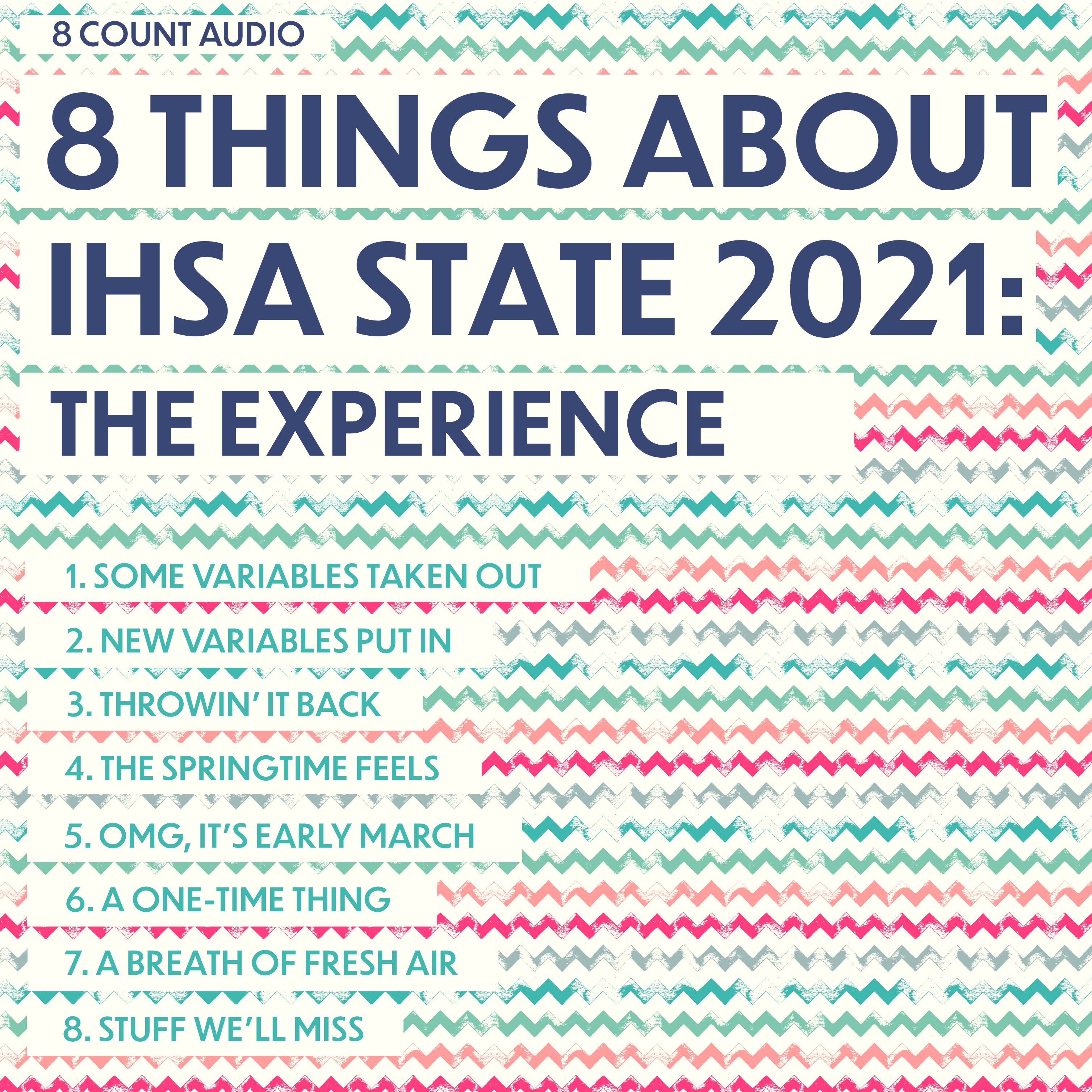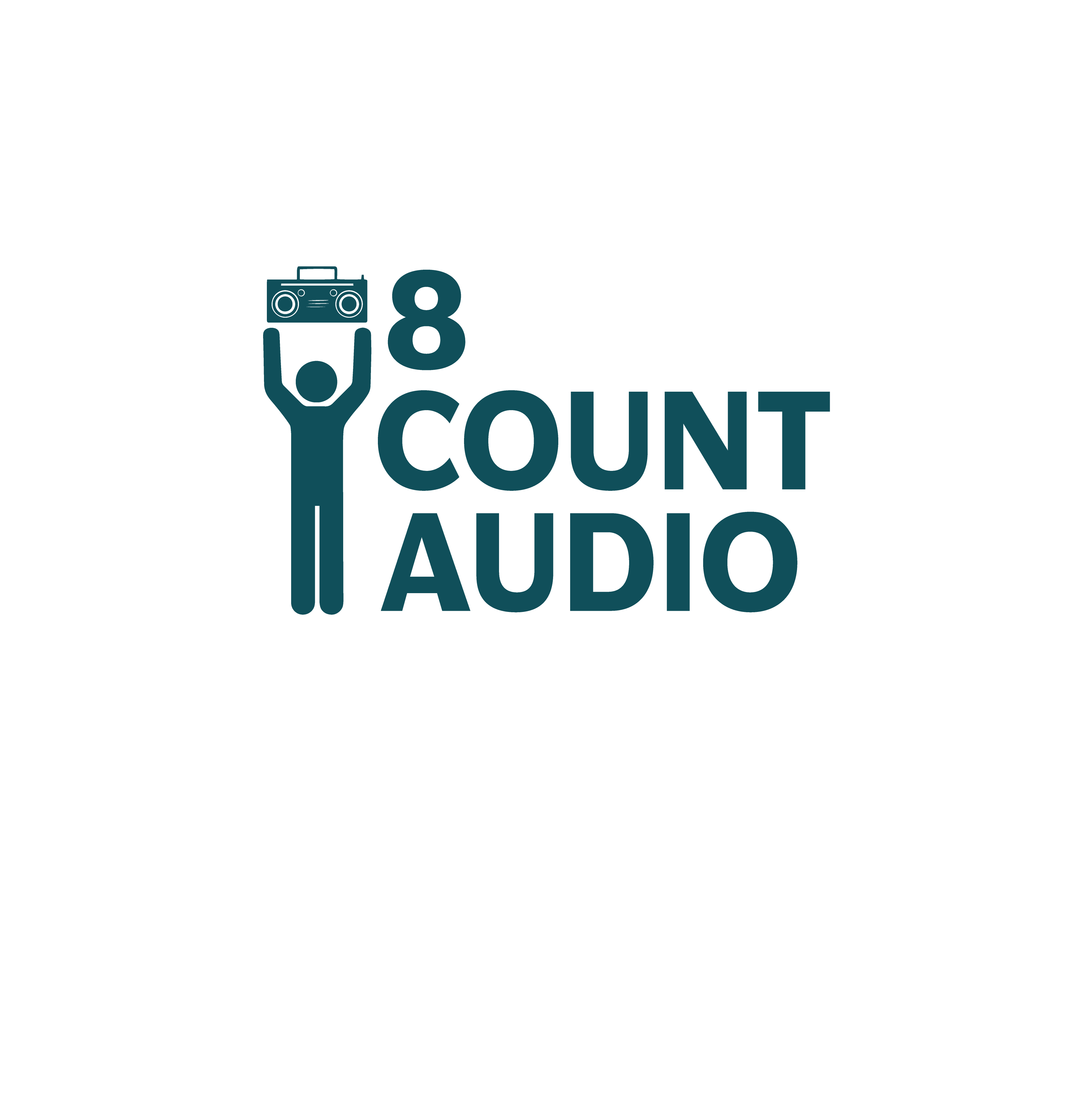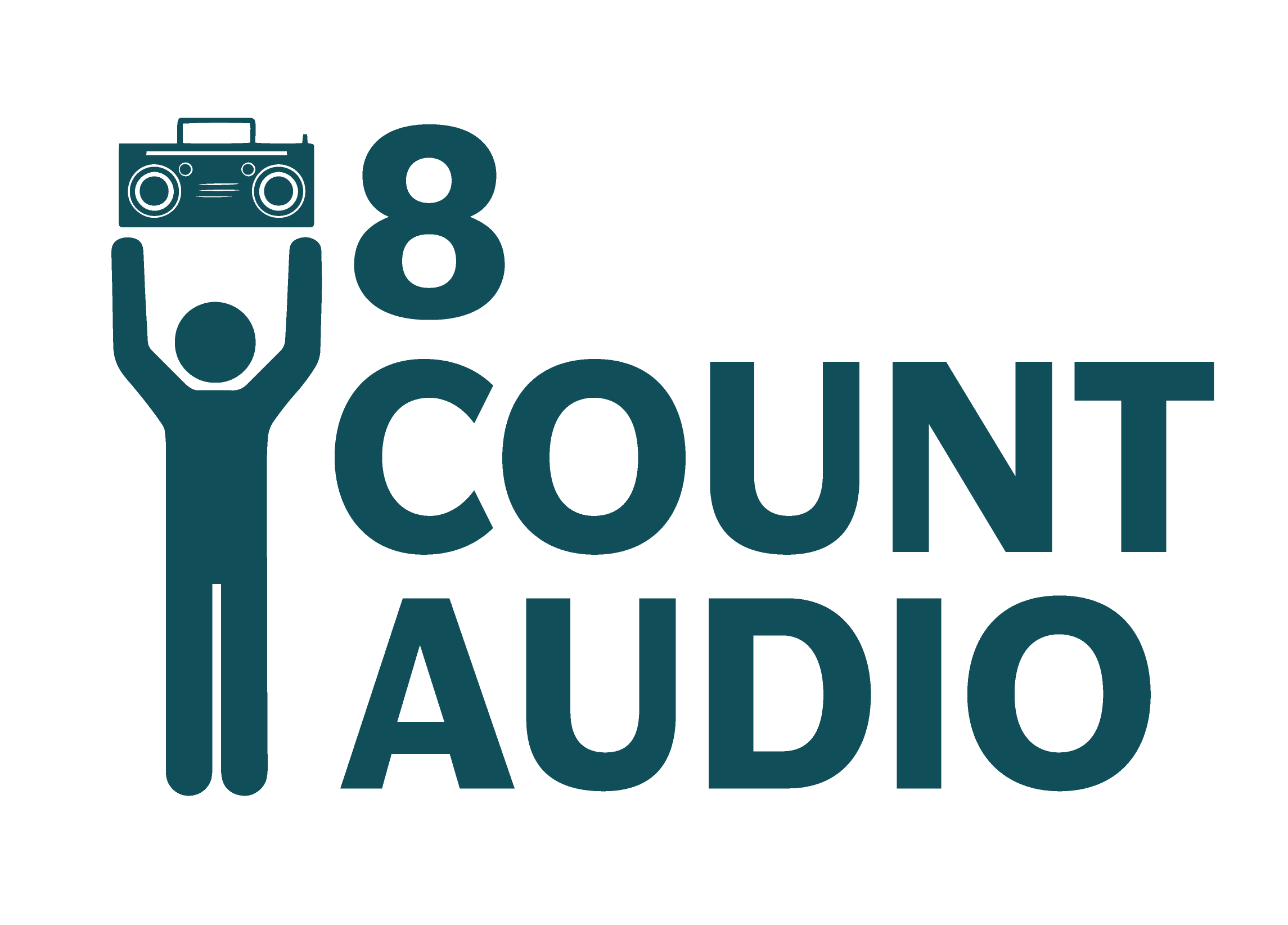
8 Things About IHSA State 2021: The Experience
by Norm Ramil, 8CA main person and dance team fan
3/5/21 10:50am
1: Lots of variables are out of the equation
The biggest wild card at any state competition are potential mistakes during a performance. A missed skill, a fall or just a stumble, a dropped pom, and even a sneeze–it’s all happened in recent years at IHSA state. It’s safe to say that none of that will make it into the final recording you submit to the judges.
Also possibly not a factor are the little things that keep your score down. Falling out of a turn, or cutting it short; timing that’s off, or poor synchronization; mismatched arm angles on leaps and turns… For many teams with a high skill level, these are errors that probably get fixed before the final recording. For other teams, these are things that at least can be minimized.
You can record and re-record as much as time and energy allows. Of course, there’s the law of diminishing returns. Ask your econ teacher for a legit explanation, but basically it’s the idea that there’s a point — a threshold — where the more you put into something, the less improvement is made. Between your 3rd and 4th recording, you fixed stuff that leads to a 1 point increase. But then you nitpick (like, maybe going for ultimate synchro), and between the 13th and 14th recording (!), you’ve achieved a .03 point increase.
Bottom line, however: we’ll be seeing the very best that teams can perform their routines at this point. We’re taking out the stress and drama of mistakes that can happen in a live performance, and we’re letting teams refine and polish their performance as much as they’re able to. It’s a pretty pure way to assess how good a team’s performance is!
2: A few new variables are added to the equation
These won’t make as big of an impact as the variables that are now out of the equation, though they’re interesting to think about. After a few weeks of virtual competitions, we’re getting more used to seeing routines on very different floors (and lines, colors, and mascot logos), in different lighting, with different camera angles, depths, and heights. It’s the safest, most practical way to have a state comp right now (and one that the dance community is generally on board with), but there’s no denying that it’s strange to pick a state result from recordings made in 90 different gyms.
Another new variable is the shorter turnaround time between getting sectional feedback (and knowing where everyone stands) and recording your final video. All teams are in the same boat, true, but different teams have different abilities that might be affected by less preparation time. A top 10 team can get away with one less day, but a team that blossomed on sectional Saturday needs every possible minute during the week to hold their own at state.
3: We throwin’ it back
So many amazing achievements in our sport were made in March. Your coaches might have had a chance to compete for an IDTA state title on the floor at Assembly Hall in Champaign, or a TDI title at the Peoria Civic Center. With the exception of those state comp days inching backwards into February in recent years, trophy cases across the state are filled with dance state hardware earned in March. It’s why for the past couple years we’ve labeled March “Celebration Month” here at 8CA!
4: The springtime feels
Am I cheating this list to use #4 to keep rambling about #3? Maybe. But hear me out.
Having state in March is just a lit way to launch into spring. Here’s the arc of our season: on hold, on hold, on holdddd…Waiting patiently through a warm fall and a low-snow December and January. And then the season suddenly starts, a short burst of dance in February against the background of enough snow to build some impressive snow forts in your front yard. And that harsh cold.
And now? A statewide warm spell that has the legs to stretch beyond mid-March. We’ll watch, celebrate (or maybe cry) on Saturday. Step outside, and each day gets warmer and warmer. No matter where you stand at the end of IHSA state, you can bet on the optimism that spring is actually here and now. Given the past year, those springtime feels are worth a lot.
5: OMG, it’s early March!
On the flip side of the warm and fuzzy sentiments of #4 is the jarring reality that there’s not much of an offseason this time. The usual sequence goes like this: wrap up state, sleepwalk through the end of basketball season, chill for a few weeks or even a couple months (depending on your program), and then run tryouts. This time it’s all compressed. Again, it’s kind of a throwback to the days when teams did state, came home to spring break, and then held tryouts in April!
Maybe there’s an upside to this. How many times have you planned next year’s costumes, music, and choreography on the bus ride home from Bloomington? And then you take 2 months off and those enthusiastically-made plans fizzle and get watered down.
Well, no bus ride this time, but as you sit around watching state on Saturday, you can actually act on your “next year” plans right now…because, well, the calendar says so. Costumes, booking choreographers, finding music editors (Hi!!!), setting up summer camps (Heyyyy!!!) — that all takes time, and so much of it happens in March-April-May in a normal year.
6: It’s a one-time thing
Obviously having two rounds doesn’t work in the virtual format. (Though you have to admit: it’d be funny if the powers that be insisted on watching the same video twice over two rounds). The single round experience will definitely feel different. There won’t be sudden, overnight changes (“they added a lift!!!”) or shocking strategy moves (“they ran their other routine!”).
Points-wise, we’ve all seen teams move up or down on Day 2. It’s a great story when a team finds a way to amp it up on Saturday to squeeze out more points and ascend the placement rankings. But it’s the stories of teams that dropped on Day 2 that linger and pack a bigger emotional punch, not just for that team, but for a lot of the dance community.
So, thankfully, there’s none of that this year. There’s no teams in 10th-12th that had a super great performance and score having to try and replicate that on Day 2 (which isn’t likely) or even improve on it (extremely unlikely). And there’s also no Day 1 tears during awards as teams that thought they could make it to Day 2 end up unannounced. I don’t know about you, but I can do without that kind of dejection and rejection.
Each video we see on Saturday is a “This is us” statement, a team’s best moment (see #1 and #2 above). It’s 30 teams, head-to-head, for all the marbles. Everyone gets their spot in the final placements based on what they did on tape, and not on what they — or another team — messed up on. Everyone gets to feel like they’re part of Day 2.
7: A breath of fresh air
I’ll try really, really hard to not be a “get off my lawn!” kind of guy here, so I’ll keep it short.
This year, state’s on a normal floor (yours), with normal lighting. No warming up in the concourse with the scent of overpriced chicken strips and fries. No long bus rides or wondering how clean your hotel room is. No sideways view for the fans, or battling other teams’ fans for blocks of seats. No searching for Starbucks and discovering that the one you found on the map doesn’t have a drive-thru. All true stories!
8: Stuff we’re gonna miss…
You, and each other! I’ll sooooo miss seeing everyone. The hugs have more meaning at state. They’re less polite; there’s unrestricted emotion behind them, fueled by what your team does or is about to do on the floor. We’ll all miss the fan support. We’ll miss watching you go for statewide fame and then meeting up with you in the hall. I’ll miss the raw elation of seeing the top 3 teams suddenly burst out of nowhere with their trophy. For real, those are some of the most joyful scenes I get to witness each year!
This time, we’ll have to go without the enthusiastic sendoffs, the decorated buses, the hotel pranks, and running into each other at the only Portillo’s in town.

